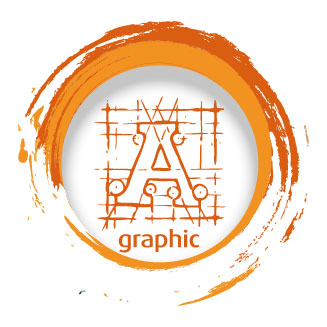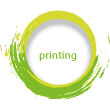 GRAPHICS
GRAPHICS
Creativity combined with individuality makes us an ideal partner for your business.
Our Graphics Department will process your graphic designs based on to your ideas, your materials, or you can leave the design absolutely up to us. After the subsequent correction on your part, we will print the designs out, or produce them in our own printing works and advertising production.
Graphics formats:
- vector (curve): *.cdr, *.ai, *.eps, *.pdf, ...
- bitmap (raster): *.bmp, *.tiff, *.psd, *.gif, *.jpeg, *.jpg, *.png, *.pdf, ...
There are two basic approaches to 2D graphics: vector and raster graphics.
Vector graphics stores precise geometric data, such as the coordinates of the points, interconnection between the points (line segments, curves) and filling of shapes. Most vector graphics systems allow you to use standard shapes such as a circle, a square, and so on.
On the contrary, the basis of raster graphics is a regular pixel network, organized as a two-dimensional matrix of points. Each pixel carries specific information, such as about the brightness, colour, transparency of a point, or a combination of these values. The bitmap graphic has a limited resolution that is indicated by the number of rows and columns. Today, raster and vector graphics are often combined in file formats such as PDF or SWF.
The combination of vector and raster graphics is referred to as metagraphics.














